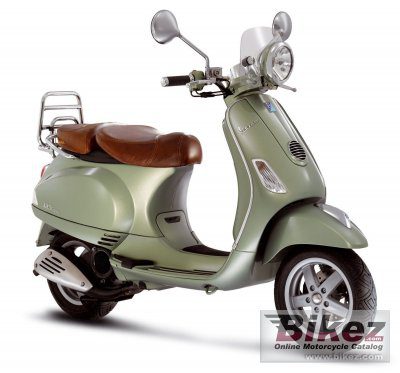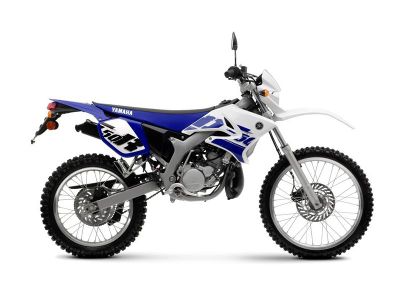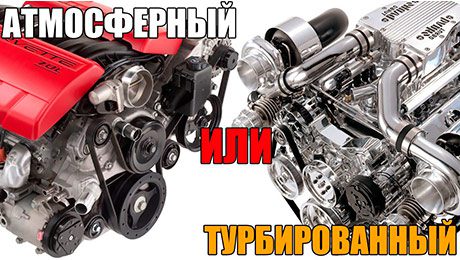
Differences between naturally aspirated and turbocharged engines
Content
How the car works> Differences between naturally aspirated and turbocharged engines
This is a topic that has become a priority since the massive introduction of smaller engines. So this was an opportunity to write an article to try and clarify this issue, so let's take a look at all the elements that differentiate naturally aspirated engines from turbocharged engines.
Also read: Turbocharger operation.
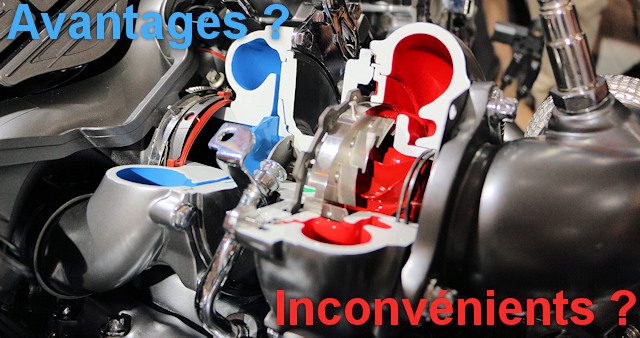
The basic principle
Since not all of you are mechanical champions, let's take a quick look at what naturally aspirated and supercharged engines are.
First of all, let's clarify that these terms mean, first of all, the air intake, so we don't care about the rest. A naturally aspirated engine can be thought of as a “standard” engine, meaning it naturally breathes outside air thanks to the reciprocating movements of the pistons, which then act as suction pumps here.
A supercharged engine uses an additive system that directs even more air into the engine. Thus, in addition to sucking in air by the movement of the pistons, we add more with the help of a compressor. There are two types:
- Driven by engine energy = compressor - supercharger
- Exhaust gas controlled = turbocharger.
Turbo engine = more power
First observation: a turbocharged engine is potentially more powerful. Indeed, the power comes directly from the combustion in the cylinders, the more important it is, the more the cylinder "moves" and, therefore, the more powerful the car. With a turbo, you can squeeze more air into the cylinders than without it. And because we manage to send more oxidant (air and especially the small part of oxygen that is there), we can send more fuel. Hence, we have more energy to burn in a cycle, so we have more energy. The term “boost” is also of great importance, we literally clog the engine with air and fuel, we “stuff” as much as possible into the cylinders.

The 458 Italia has a naturally aspirated 4.5 with 570 hp.
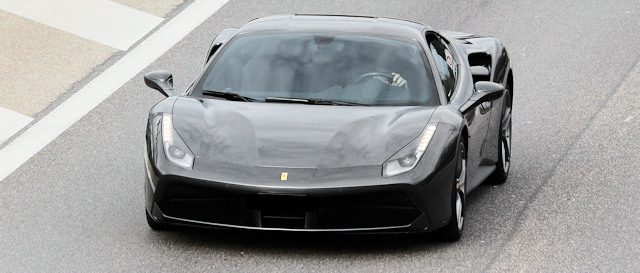
The 488 GTB (replacement) is powered by a supercharged 4.0 engine that develops 100 hp. more (hence, by 670). Thus, we have a smaller engine and more power (two turbines, one per row of cylinders). With every major crisis, manufacturers bring us their turbines. This has indeed happened in the past, and it is possible that they will be abandoned again in the future (unless electricity replaces heat), even if there is little chance in the “climatic” context. Politics ".
Less hollow turbo engine
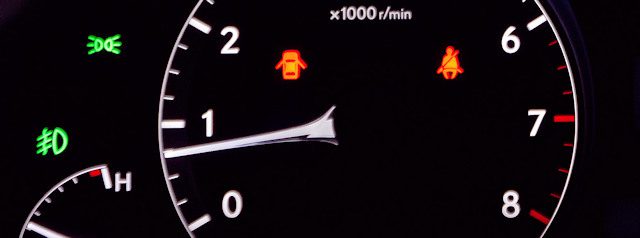
A naturally aspirated engine draws in more air as it picks up revs, so its power increases at revs, since this is when it consumes the most air and fuel. A turbo engine can have a lot of air and fuel at low revs because the turbo fills the cylinders with "artificial" air (air that is thus added to the air naturally drawn in by the movement of the cylinders). The more oxidizer, the more fuel is sent at low speeds, resulting in excess energy (this is a kind of alloying).
Note, however, that engine driven compressors (crankshaft driven supercharger) allow the engine to be forced with air even at lower rpm. The turbocharger is powered by air coming out of the tailpipe, so it cannot perform well at very low rpms (where exhaust flows are not very important).
Also note that the turbocharger cannot operate the same at all speeds, the "propellers" of the turbines cannot operate the same depending on the strength of the wind (hence the speed and flow of the exhaust gases). As a result, the turbo works best in a limited range, hence the butt kick effect. Then we have two solutions: a variable geometry turbocharger that changes the slope of the fins, or double or even triple boost. When we have multiple turbines, one takes care of low speed (small flows, hence small turbos adapted to these "winds"), and the other takes care of high speeds (more in general, it is logical that flows are more important at this point. there ). With this device, we then find the linear acceleration of a naturally aspirated engine, but with much more catching and obviously torque (at equal displacement, of course).
Consumption? It depends …
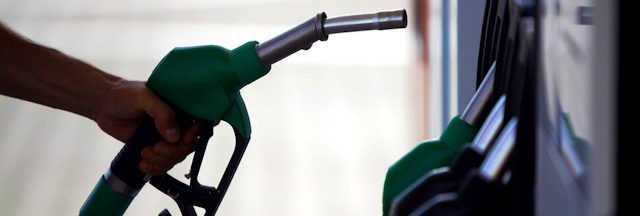
This brings us to a rather important and controversial point. Does a turbocharged engine consume less? If you look at the manufacturers' numbers, you can say yes. However, in fact, very often everything is very good, and the nuances need to be discussed.
The consumption by manufacturers depends on the NEDC cycle, namely the particular way the cars are used: very slow acceleration and very limited average speed.
In this case, the turbocharged engines are at the top because they don't really use it ...
In fact, the main advantage of the downsized turbo engine is its small size. A small motor, very logically, consumes less than a large one.
Unfortunately, a small engine has limited power because it cannot take in a lot of air and therefore burn a lot of fuel (since the combustion chambers are small). The fact of using a turbocharger makes it possible to artificially increase its displacement and restore the power lost during shrinkage: we can introduce a volume of air that exceeds the size of the chamber, since the turbocharger sends compressed air, which takes in air. less space (it is also cooled by a heat exchanger to further reduce the volume). In short, we can sell 1.0s with over 100bhp, while without turbo they would be limited to around sixty, so they can't be sold on many cars.
As part of the NEDC homologation, we use cars at low speeds (slow low acceleration at revs), so we end up with a small engine that runs quietly, in which case it doesn't consume much. If I run the 1.5-liter and 3.0-liter side-by-side at low and similar revs, then the 3.0 will logically consume more.
Therefore, at low revs, a turbocharged engine will operate as naturally aspirated since it will not use turbocharging (the exhaust gases are too weak to revive it).
And it is there that turbo engines deceive their world, they consume little at low speeds compared to atmospheric ones, since on average they are less (less = less consumption, I repeat, I know).
However, in real use, sometimes things go so far as to the contrary! Indeed, when climbing the towers (so when we use power as opposed to the NEDC cycle), the turbo kicks in and then starts pouring a very large stream of air into the engine. Unfortunately, the more air, the more needs to be compensated by sending fuel, which literally explodes the flow rate.
So let's just recap: Manufacturers have reduced the size of the motors to better handle the NEDC cycle and therefore lower consumption values. However, in order to offer the same level of power as the "old big engines", they added a turbocharger (or supercharger). During the cycle, the turbocharger runs very little and even brings a little extra energy due to the expansion of the exhaust gases (the exhaust gases take up more space than the mixture entering the engine, this expansion is controlled by the turbine), which leads to low consumption, because the engine is small, I remind you (if we compare two identical volumes with and without turbocharging, then the one with turbocharging will consume more logically). In fact, people use all the power of their car and therefore make the turbo work harder. The engine is pumped with air, and therefore it must also be “loaded” with gasoline: the consumption rises sharply, even with small engines ...
For my part, I sometimes notice with fear that many of you are very unhappy with the actual consumption of small gasoline engines (the famous 1.0, 1.2, 1.4, etc.). When many people return from diesel, shock becomes even more important. Some even sell their car right away ... So be careful when buying a small gasoline engine, they don't always work wonders.
Poor sound?
With a turbo engine, the exhaust system is even more difficult ... In fact, in addition to the catalysts and the particulate filter, we now have a turbine that is powered by the flows caused by the exhaust gas. All this means that we are still adding something that blocks the line, so we hear a little less noise. In addition, the rpm is lower, so the engine may squeal less loudly.
The F1 is the best example in existence, with viewer enjoyment that has been greatly diminished (engine sound was one of the main ingredients, and for my part, I miss naturally aspirated V8s terribly!).
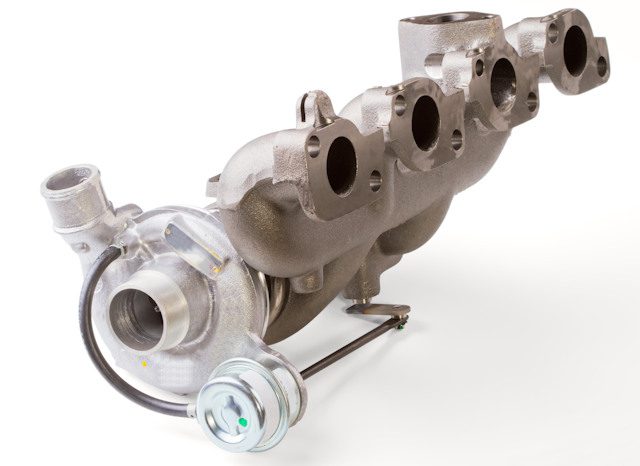
Here we can clearly see that the turbo is a little obstructed at the exhaust level ... (manifold on the right and turbo on the left)
FERRARI / V8 ATMO VS V8 TURBO! Choose one!
Spotter (GE Supercars) did the job for you to compare. Note, however, that the difference is more noticeable on other cars (especially the F1), because Ferrari nevertheless made sure that the turbo would punish approval as little as possible, forcing the engineers to do some serious work. Regardless, we have 9000 rpm at the 458 and 8200 rpm on the 488 GTB (also knowing that at the same speed the 488 makes less noise).
Turbocharged underspeed?

Yes, with two turbines that collect the exhaust streams and send compressed air to the engine, there is a limit here: we cannot make them both spin too fast, and then we also have a drag at the exhaust output level, which we do not have with a naturally aspirated engine. (turbo interferes). Note, however, that the turbine that sends compressed air to the engine is electronically controlled through the bypass valve of the bypass valve, so we can restrict the flow of compressed air to the engine (this is part of what happens). enters lockout mode, the bypass valve will release all pressure to the air and not to the engine.
Therefore, all this is close to what we saw in the previous paragraph.
Large inertia?
Partly for the same reasons, we get motors with more inertia. It also reduces pleasure and a sense of sportiness. Turbines affect the flow of incoming (intake) and outgoing (exhaust) air and, therefore, cause some inertia in relation to the speed of acceleration and deceleration of the latter. However, be careful that the engine architecture also has a large influence on this behavior (engine in V-position, flat, in-line, etc.).
As a result, when you gas at a stop, the engine accelerates (I'm talking about speed) and decelerates a little slower ... Even gasoline starts to behave like diesel engines, which are usually turbocharged for more than a long time (for example, M4 or Giulia Quadrifoglio, and these are just a few of them. 488 GTB is making an effort, but it’s not perfect either).
If this is not so serious in everyone's car, then in a supercar - 200 euros - much more! The old ones in the atmosphere should gain popularity in the coming years.
Exhaust sound Alfa Romeo Giulia Quadrifoglio Verde QV Carabinieri | Police Supercar
Rendezvous at 20 seconds to hear the inertia of the motor is too soft, isn't it?
Slower response
Another consequence is that the engine response is less impressive. Ferrari also goes to great lengths to demonstrate to potential customers that everything has been done to reduce engine responsiveness, despite the 488 GTB being turbocharged.
Less noble?
Not really ... How can a supercharger make an engine less noble? If many people think otherwise, I, for my part, think that it does not make sense, but perhaps I am wrong. On the other hand, it can make him less attractive, which is another matter.
Reliability: turbo on half mast

This is stupid and disgusting logic. The more parts in the engine, the greater the risk of breakage ... And here we are ruined, because the turbocharger is both a sensitive part (fragile fins and a bearing that must be lubricated) and a part that is subject to enormous constraints (hundreds of thousands of revolutions per minute!) ...
In addition, it can kill a diesel engine due to acceleration: it flows at the level of the lubricated bearing, this oil is sucked into the engine and burns in the latter. And since there is no controlled ignition on diesel engines, the engine must not be turned off! All you have to do is watch his car die too high and in a puff of smoke).
All comments and reactions
Dernier comment posted:
Phil HAKE (Date: 2021, 05:22:08)
You write that you miss the V8 engines in Formula 1, but the drivers who experienced the first era of turbocharging, then the V8, V10, V12 3500cc. Cm, then 3 cc. See, it is said that only 3000cc V2 engines were missing. See Laughingly powerful, that's my opinion.
Il I. 1 reaction (s) to this comment:
- Administrator SITE ADMINISTRATOR (2021-05-24 15:16:25): Beware of the subtleties, I doubt they lacked the power ... First of all, they no longer hit the V10's buttocks, but the fact that they are atmospheric is punishable by failure at low rpm ...
Any rider would prefer the slightly faint vibe underneath over a full turbo at all revs. A turbocharged engine is very annoying in terms of sound (CF Vettel) and at these power levels is harder to meter (and also less linear).
In short, the turbo is good in civilian life, on the highway less ...
(Your post will be visible under the comment after verification)
Write a comment
Do you like turbo engines?
